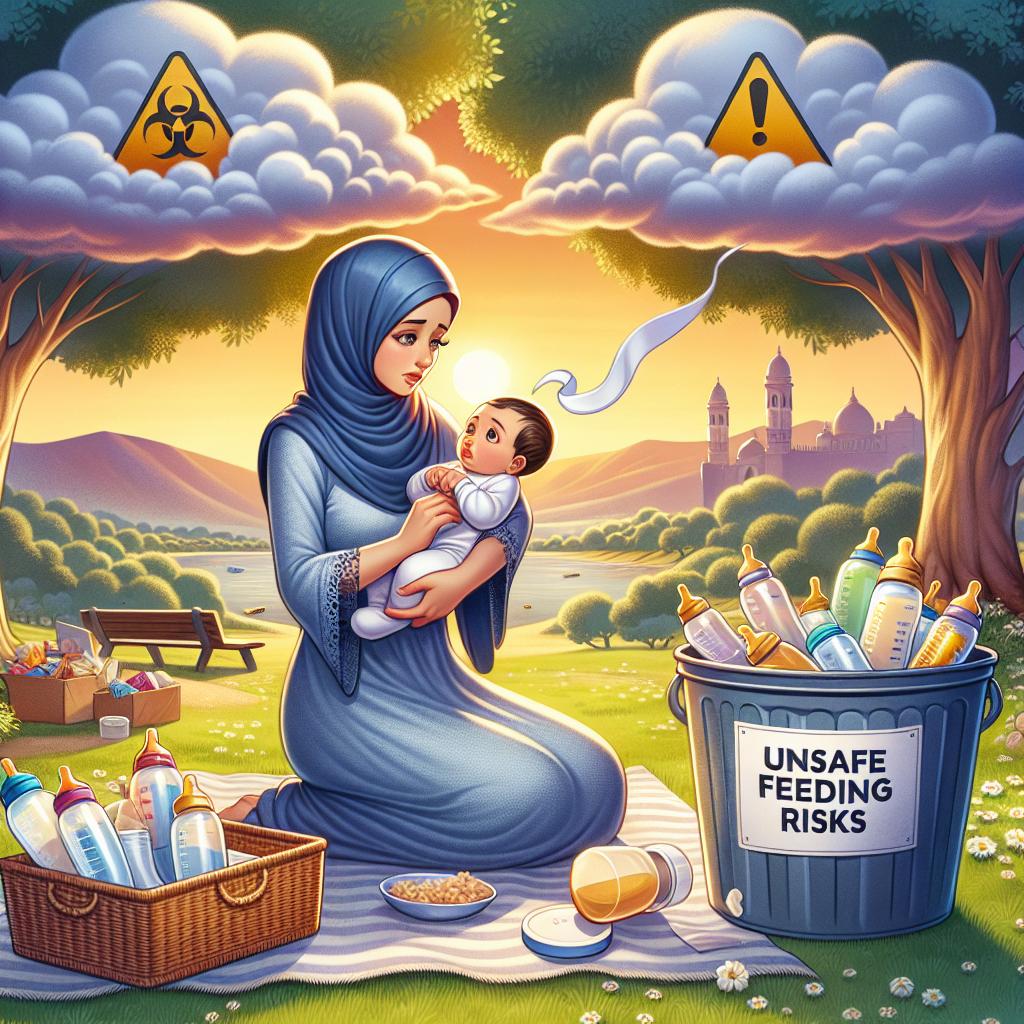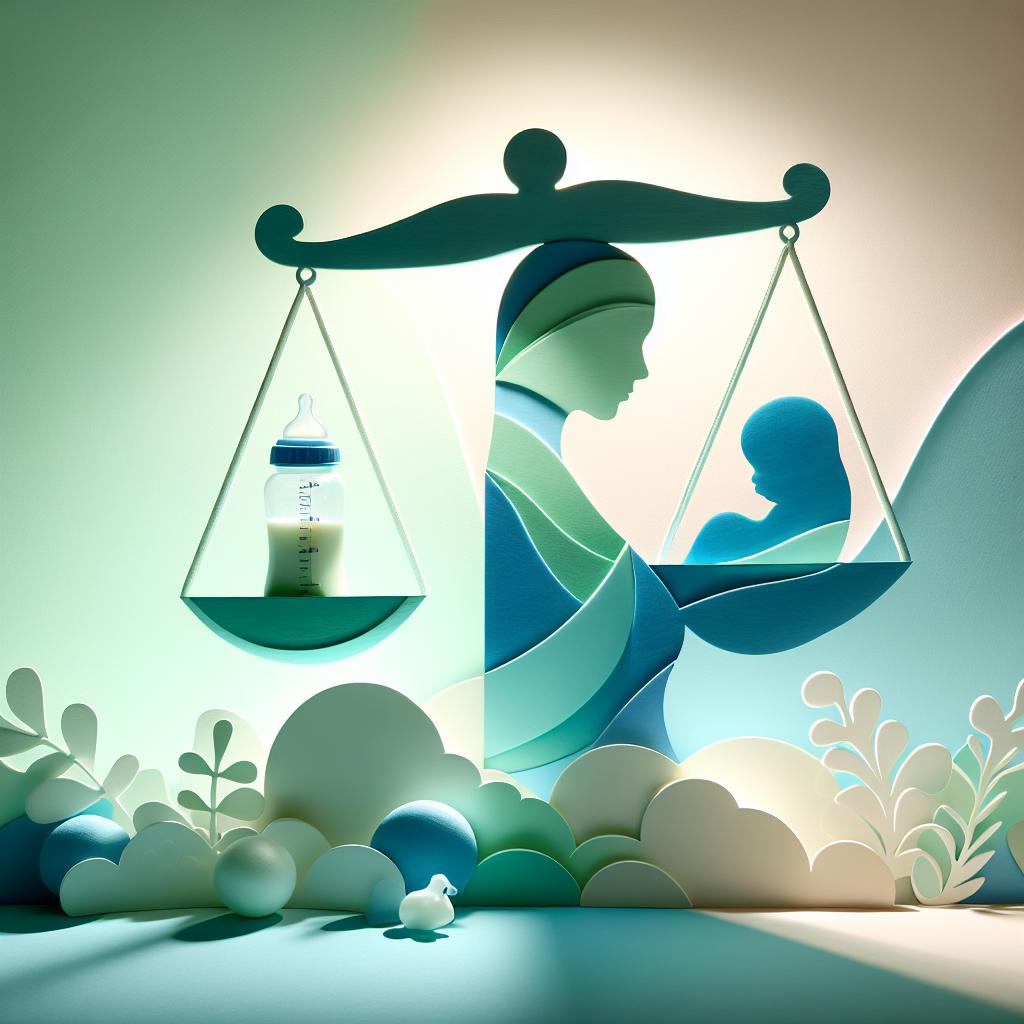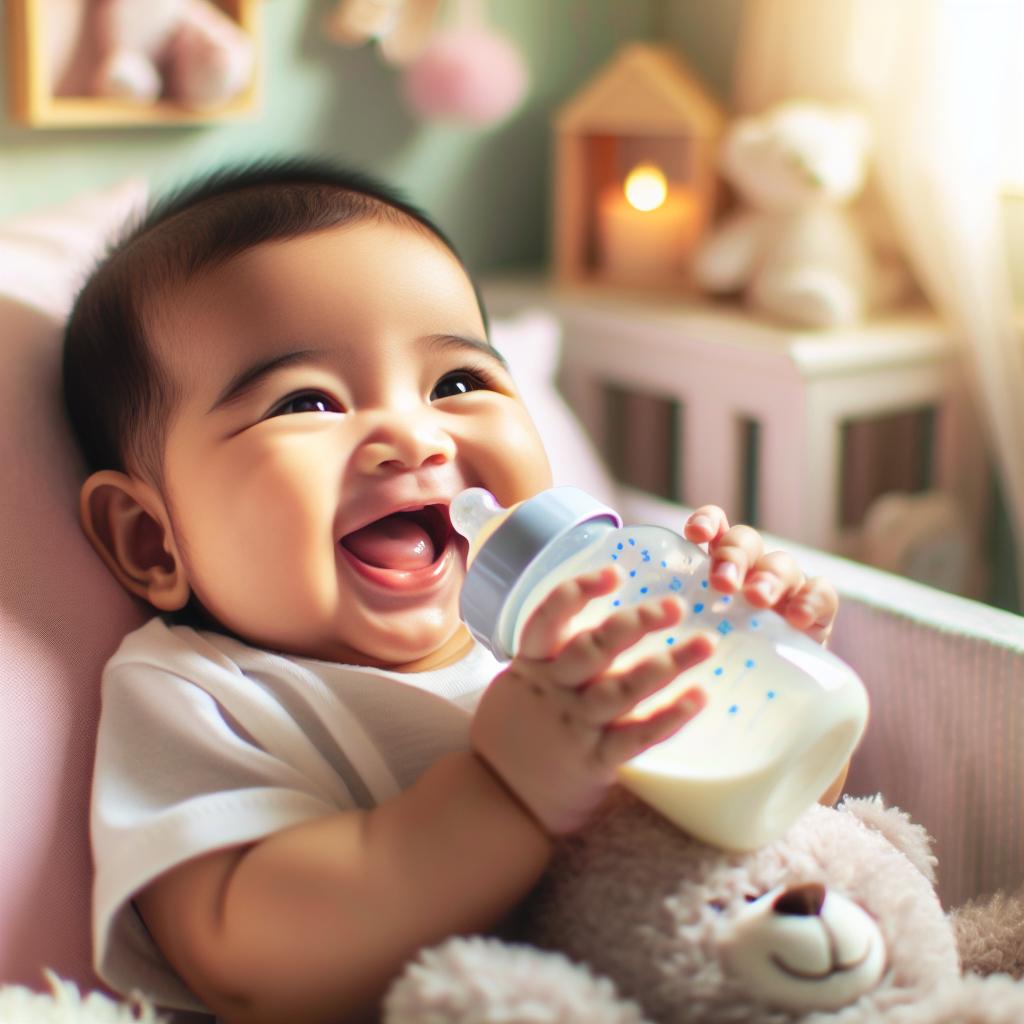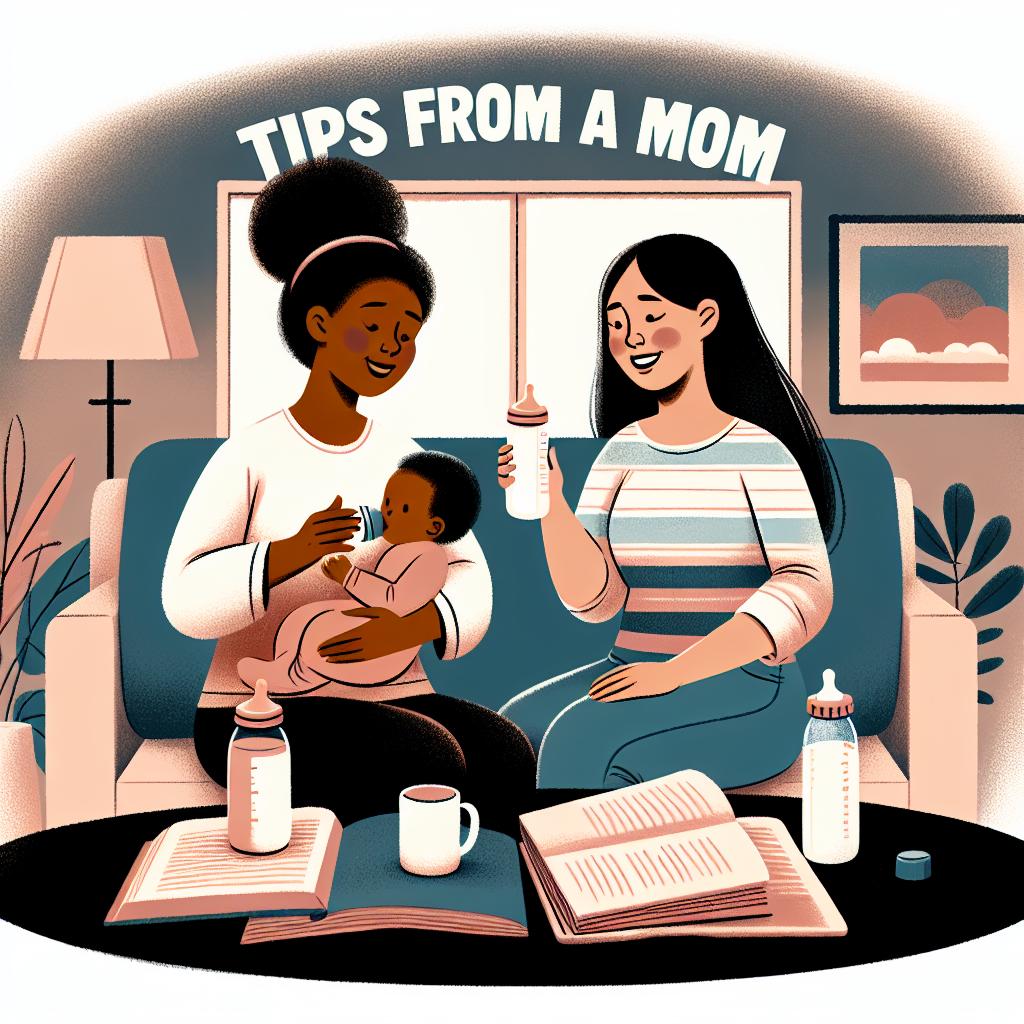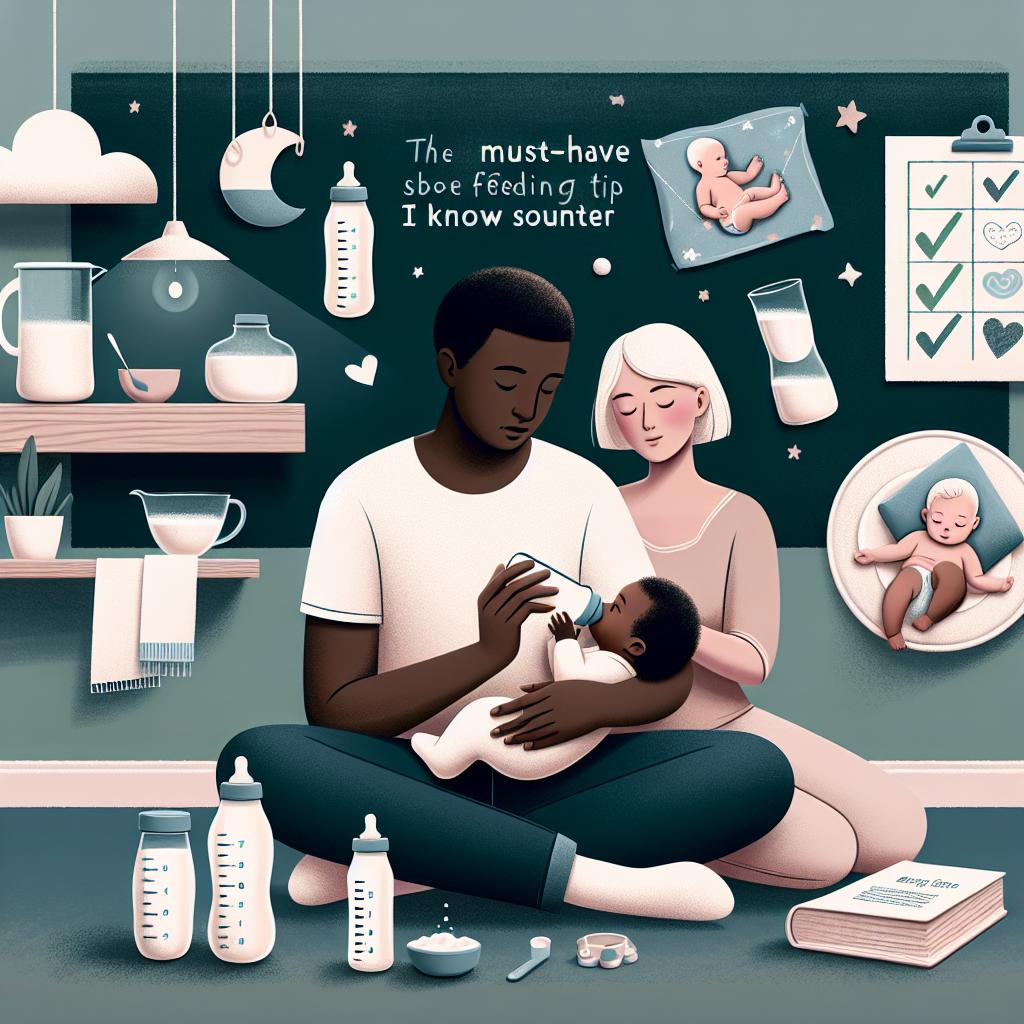Understanding the Dangers of Unsafe Feeding Bottles
When it comes to feeding your baby, nothing but the best will do. As responsible parents, we understand the importance of safety and hygiene, particularly in aspects as crucial as feeding. But have you ever considered the risks that could be associated with using unsafe feeding bottles?
The lack of safety in baby feeding tools is a rather neglected topic, yet it poses a serious threat to the health and wellbeing of our little ones. A deeper look into this issue reveals startling facts about the potential hazards of unsafe feeding bottles.
Health Risks of Unsafe Feeding Bottles
From the composition of the material used in making the bottles to the hygiene practices during feeding, there are numerous factors contributing to the potential risk in feeding bottles. Some of these include:
- Chemical leaching: Certain plastic bottles contain chemicals such as Bisphenol A (BPA), phthalates and polyvinyl chloride (PVC), which can seep into the baby’s food when the bottle is heated or washed repeatedly. These chemicals are known to disrupt hormonal balance and can lead to serious health issues1.
- Inadequate sterilization: Any compromise on the sterilization process can cause bacterial contamination in the feeding bottle, posing a risk to the baby’s health2.
- Continued use of deteriorated bottles: The condition of feeding bottles tend to deteriorate over time, with frequent washing and heating causing wear and tear. Continued use of these bottles can be harmful to the baby3.
As a responsible parent, it is essential to be aware of these risks and take proactive measures to ensure the safety of your baby.
The Importance of Safe Feeding Practices
In the context of the aforementioned risks, it becomes imperative to understand the importance of safe feeding practices. This includes choosing the right tools for feeding your baby and adhering to strict hygiene standards. This not only safeguards against the risks associated with unsafe feeding bottles but also contributes to the overall health and wellbeing of your baby.
A pertinent part of safe feeding practices is choosing the right feeding bottle. Navigate to this article to find more information on selecting the safest bottles for your baby.
Understanding the Role of Responsible Parenting
At the heart of this issue lies the role of responsible parenting. In the quest for the best for our children, we must prioritize their safety and well-being. This starts with understanding the potential dangers of unsafe feeding bottles and making informed choices for our babies. Being vigilant about the tools we use and the practices we follow can greatly mitigate the risks associated with baby feeding.
This article sheds light on why choosing the right bottles is a must for new parents. It helps to understand the importance of quality feeding tools in ensuring a stress-free feeding experience.
Steer Clear of Baby Feeding Risks
Being a parent is a journey filled with countless responsibilities and choices. Ensuring safe feeding practices is among the most crucial ones. By choosing safe feeding bottles and adhering to a strict hygiene regimen, we can steer clear of the risks associated with feeding our babies, thereby ensuring their health and happiness.
The Risks of Microplastics in Feeding Bottles
One of the less discussed dangers of baby bottles often overlooked is the presence of microplastics. When heated, these microscopic plastic particles shed from the bottle, possibly ending up in your baby’s food. Alarmingly, according to a study by The Guardian1, bottle-fed babies may ingest millions of these particles every day. The long-term effects on health aren’t fully understood yet, but that doesn’t mean we should take any risks.
Embracing BPA-free Feeding Bottles
Selecting BPA-free feeding bottles is a significant step towards safer baby feeding. These bottles are made free of Bisphenol A, a chemical that has been linked to causing several health risks, including hormonal imbalance. As we mentioned earlier, the bottles, when heated, may cause this chemical to leach into baby’s food.
When picking a new bottle for your little one, look at the labelling on the product. Ensure that ‘BPA-free’ is clearly mentioned. This comprehensive guide could be a good starting point for selecting safe and healthy feeding bottles.
Proper Bottle Sterilization
The NHS offers a complete guide2 on how to sterilize baby feeding equipment, including different sterilizing methods. There is no one right method—the best practice depends on what suits you and your baby the best. Regardless of the method, cleaning and sterilizing baby bottles should be a mandatory step in your baby feeding regimen.
The Need for Regular Replacement
Replacing baby feeding bottles on a regular basis is essential. Over time, all baby bottles tend to wear out and may harbor dangerous bacteria and chemicals. Moreover, cracks and scratches can become breeding grounds for germs. Therefore, keep a keen eye out for signs of wear and tear, and replace your bottles promptly.
Conclusion
In the end, be meticulous and cautious when it comes to feeding your baby. Every small decision about their feeding practices can have a profound impact on their health. Remember, while feeding is a time for nourishment, it’s also a time for bonding with your bundle of joy. Let’s ensure that no harm dampens these precious moments.

